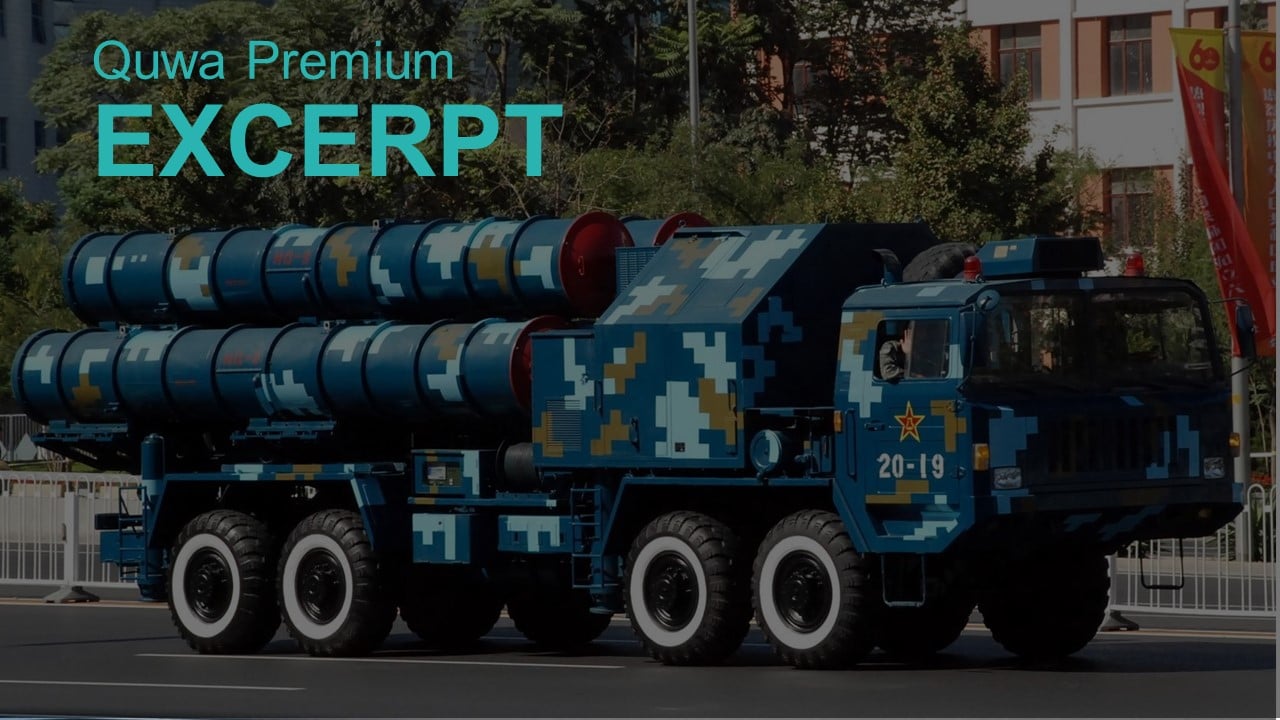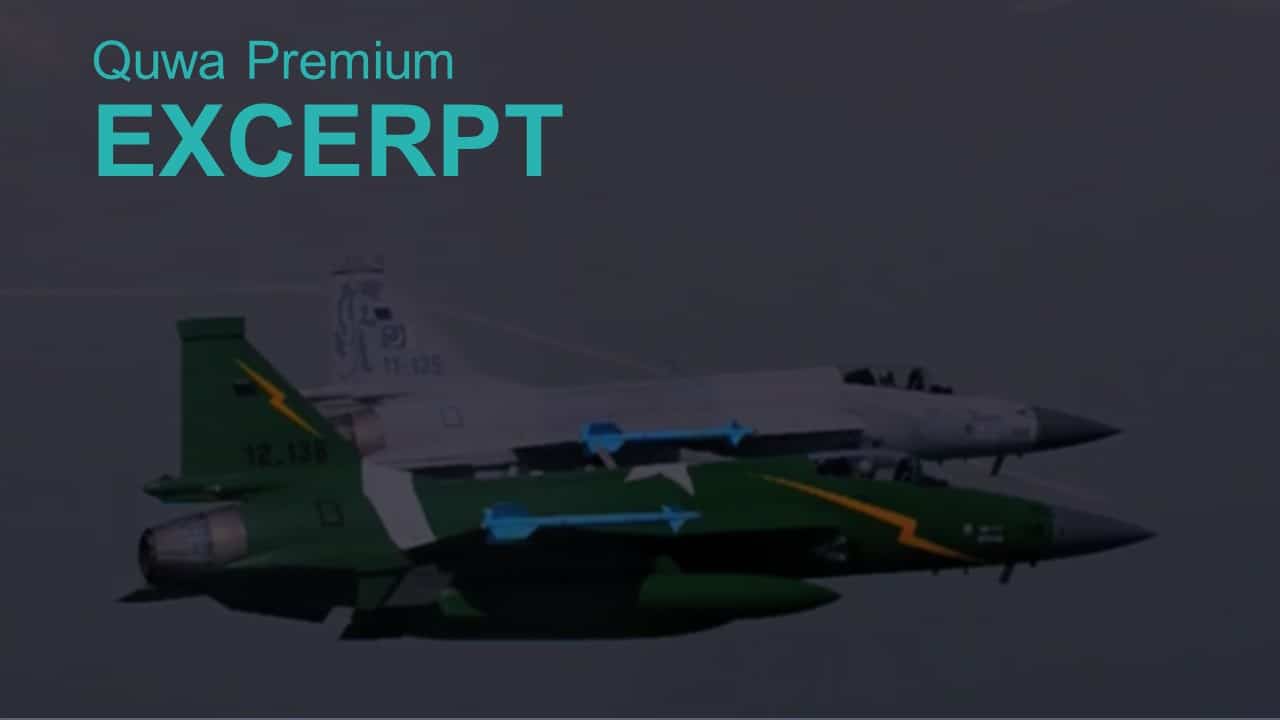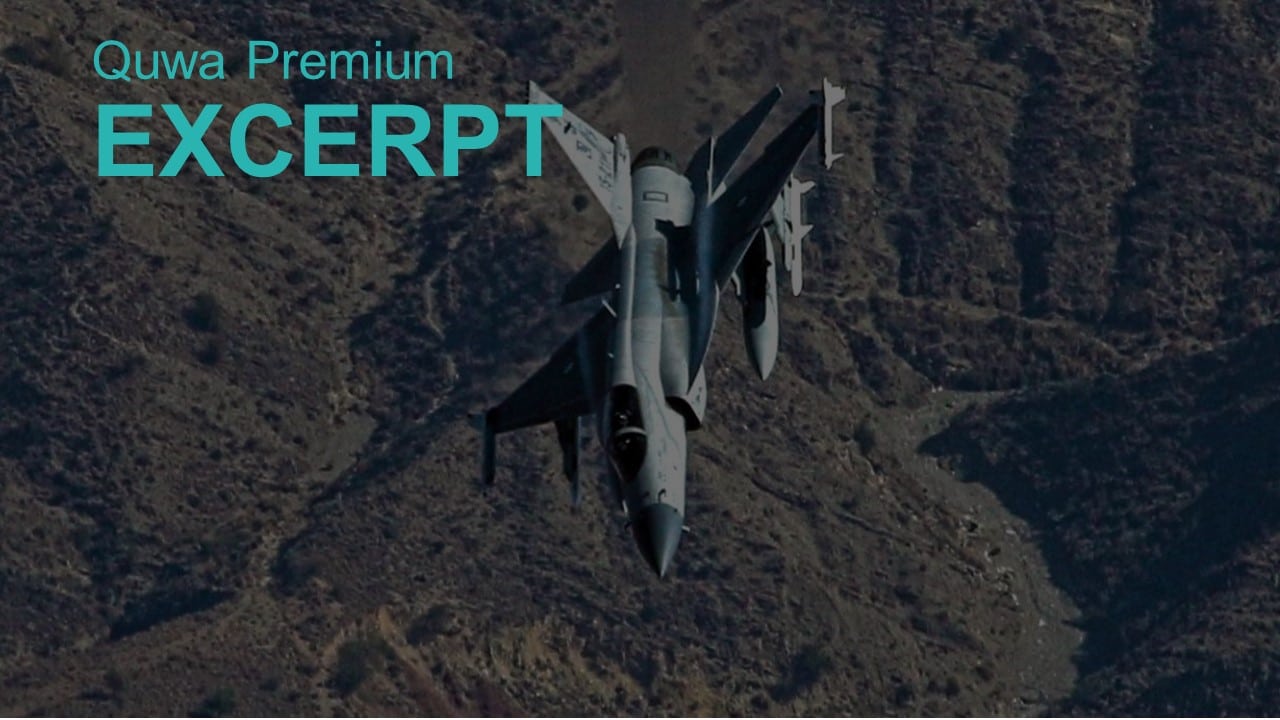2611Views

The Groundwork to Induct a Long-Range Surface-to-Air Missile
On 06 May 2020, the RAND Corporation published an article outlining several challenges many countries face in their efforts to deploy long-range surface-to-air missile (SAM) systems.[1] The main point of the piece is that the upfront cost of long-range SAMs, such as the S-400, are not indicative of the true cost required to exact enough value out of those systems. Rather, to effectively use long-range SAMs, the end-user must invest in different radar types to cover blind spots, build a secure, high-speed information exchange (i.e., data link) system to share target tracking data, and fine-tune training and processes to eliminate errors.[2]
In other words, the end-user must acquire and acclimate to an eco-system of high-cost assets before even contemplating the induction of a long-range SAM. Otherwise, the end-user will either fail to use the long-range SAM effectively, or worse, risk losing it to enemy fire. In terms of the latter, for example, the enemy can saturate an air defence battery with a large number of cruise missiles.[3] In fact, this is one of the ways Pakistan can potentially work to counteract India’s S-400, and wider air defence network in general.
However, on the other end of the spectrum, one can also argue that Pakistan also built the eco-system it would need to one day employ its own long-range SAM. Indeed, there have also been reports of Pakistan expressing interest in such a system. In 2018, a Ministry of Defence Production (MoDP) official told Russian News Agency TASS that the armed forces were studying the feasibility of procuring three or four FD-2000 batteries from China.[4] But Pakistan’s interest in the FD-2000 dates back to the early 2000s, and though it has not followed through on it yet, in the years since it built an eco-system to fully leverage it.
Is Pakistan Acquiring New Radars From the US? | Read More
Project Vision: Eliminating Blind Spots, Giving Situational Awareness to All
In 1999, the Pakistan Air Force (PAF) started ‘Project Vision,’ an initiative aimed at building one situational awareness picture using land, sea, and air-based assets.
The single ‘Recognized Air and Maritime Picture (RAMP)’ leverages the PAF’s airborne early warning and control (AEW&C) aircraft and the army and navy’s land-based radars. The RAMP offers 24/7 coverage of both Pakistani and foreign territory, with the latter reaching some several hundred miles across Pakistan’s borders on both land and sea. The latter varies based on the location of the ship.[5]
In terms of employing a long-range SAM, the RAMP offers several benefits…
End of Excerpt (407/1,402 words)
You can read the complete article by logging in (click here) or subscribing to Quwa Premium (click here).
Get the Latest News and Insights on Pakistan’s Defence Activities:
- Pakistan to Receive VT4 Main Battle Tanks From China
- Germany Approves Arms Worth $194.35 Million US to Pakistan
- Pakistan Navy Starts Program for New Anti-Submarine Warfare Aircraft
- and more.
Get unlimited access to the only defence news library dedicated to studying the Pakistani military. | Open Your Quwa Premium Account Today
[1] Peter A. Wilson and John V. Parachini. “Russian S-400 Surface to Air Missile System: Is It Worth the Sticker Price?” The RAND Blog. RAND Corporation. 06 May 2020. URL: https://www.rand.org/blog/2020/05/russian-s-400-surface-to-air-missile-system-is-it-worth.html
[2] Ibid.
[3] Ibid.
[4] “Pakistan will strengthen air defense cooperation with China.” Russian News Agency TASS. 29 November 2018. URL: https://tass.ru/mezhdunarodnaya-panorama/5854256
[5] Alan Warnes. “PAF’s Eagle-eyed view.” Asian Military Review. 29 November 2018. URL: https://asianmilitaryreview.com/2018/11/pafs-eagle-eyed-view/


